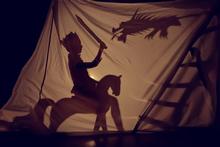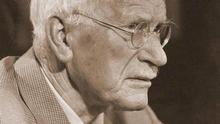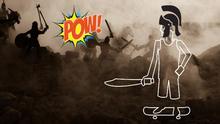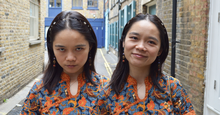Pearson's & Heroic Archetypal Characters
Carol Pearson, PhD has a unique presence in the field of Jungian archetypes. First, Pearson's work is about twelve heroic archetypes that she discovered which appear across culture, time, and stories, such as myths, fairy tales, literature, and religion. The theory uses the metaphor of the heroic journey as a structure for ordering archetypes as they commonly occur in the course of Western adult development. Unlike other theorists, Pearson extends Jung's work on individuation through her system of adult development through the heroic archetypes. Finally, Pearson's system has been applied in a broad range of fields: psychological therapy, coaching, Jungian studies, education, screen writing, and game design among them.
Broad Application
Carol has also written about applications of the PMAI® 12 archetype model to branding, leadership, and organizational development, all of which can be heroic endeavors and many of which are widely used such fields. For example, IBM now uses the 12 archetype system for its culture audit work and many branding companies utilize her work on authentic archetypal branding. As one branding consultant, who uses the theory of archetypes in her work, once said, "My clients don't speak Jung, they speak Pearson." However, it is the work with individuals that is closest to Pearson's heart, as she believes that larger social entities do not change until individuals do.
History of the Archetypes
In Awakening the Heroes Within - Pearson's early work that describes the 12 archetypal model that was the origin of the PMAI instrument - Pearson identifies the twelve archetypes as the Innocent (Idealist), Orphan (Realist), Warrior, Caregiver, Seeker, Lover, Destroyer (Revolutionary), Creator, Ruler, Magician, Sage, and Fool (Jester). She then collaborated with Hugh Marr, PhD to create a reliable, validated instrument to help individuals utilize her theories in their lives.Individuation
Awakening the Heroes Within builds on Jung's concept of individuation by clustering the archetypes developmentally in three groups: Ego, Soul, and Self. The first four archetypes (Idealist, Realist,Caregiver, and Warrior) are basic to human functioning. With the second half of life comes the initiation of the internal journey of the hero. This Soul cluster is composed of the Seeker, Lover, Creator, and Revolutionary, contributing to identity development that deepens as people mature. The third cluster, containing the Ruler, Magician, Sage, and Jester, are the archetypes of the Self, which Jung thought of as the balancing point of the entire psyche (conscious, personal unconscious, and collective unconscious). The Self represents wholeness, is linked to the numinous or divine, and is symbolized by the circle or mandala.
The model is described in stages, but in experience the journey is spiral, where one encounters the same archetypes at different levels of integration as personal development progresses. The archetypes are also called forth in handling particular life tasks and responding to new challenges. Above the door to Jung's study was a Latin saying, Vocatus atqua non vocatus deus aderit, which means, Called or not called, the gods are present. A given life situation may call forth a particular archetype regardless of what archetype is theoretically predominant in that period of a person's life. All twelve archetypes are potentially present in any moment, and what may be called forth depends upon both the situation and archetypes (gods) who oversee that particular life period.
The Wonder Woman image is © 2019 WARNER BROS. ENT. ALL RIGHTS RESERVED.













_thumb.png)















_thumb.png)
_thumb.png)
_thumb.png)


